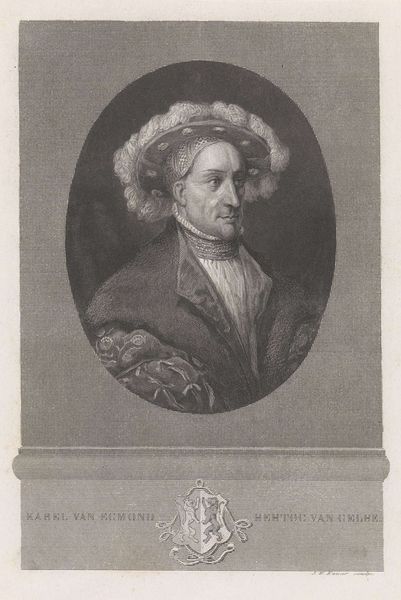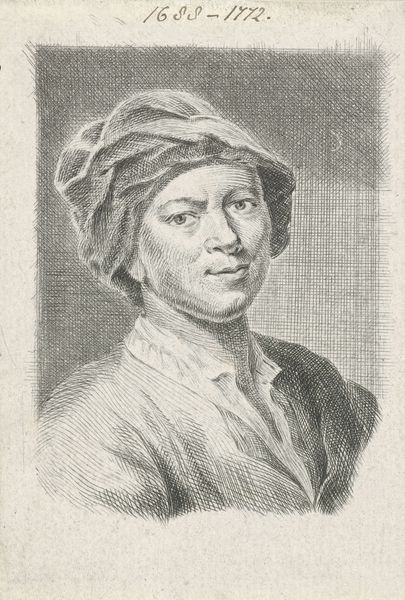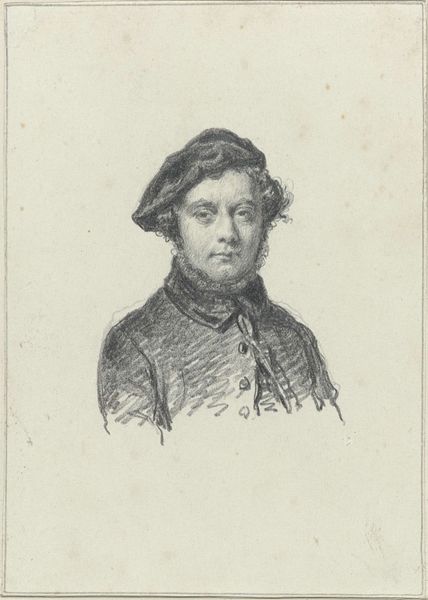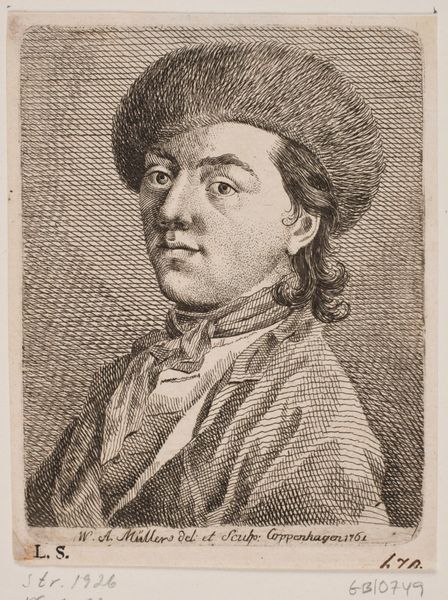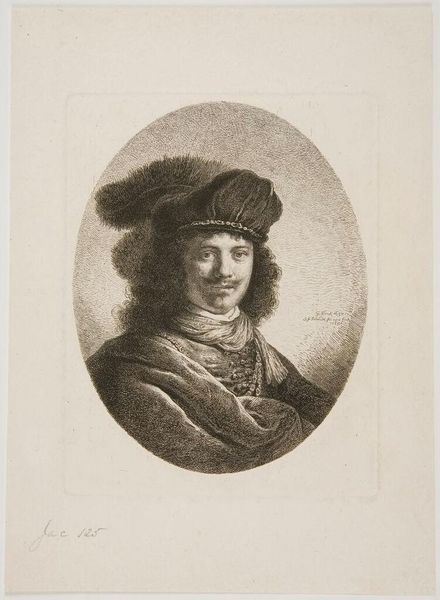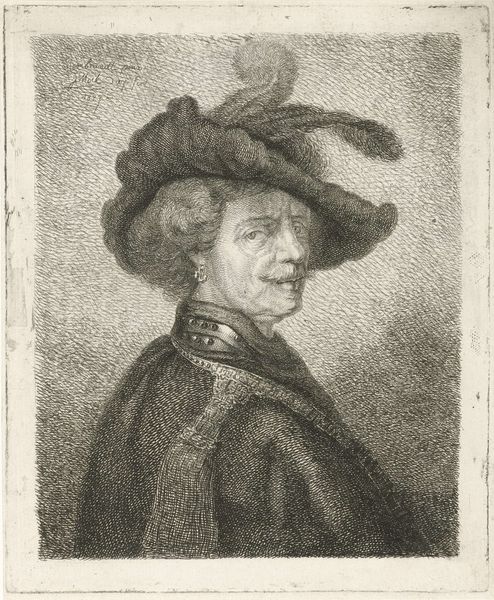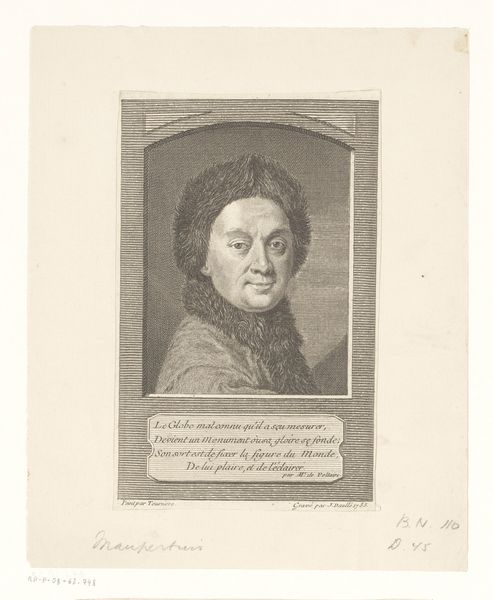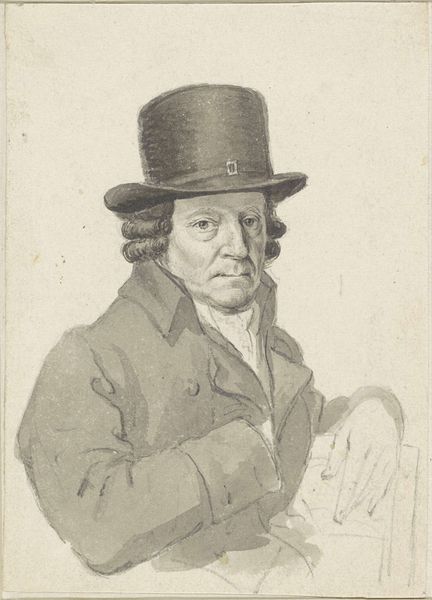
print, engraving
#
portrait
#
baroque
# print
#
history-painting
#
engraving
Dimensions: height 265 mm, width 180 mm
Copyright: Rijks Museum: Open Domain
Editor: This is a portrait of Peter August, created in 1708 by Pieter Schenk. It’s an engraving, so a print, housed at the Rijksmuseum. I’m really struck by the robe he's wearing—it looks so luxurious. How should we approach understanding this print? Curator: Let’s think about the engraving process itself. Look at the precision required to create the textures of the robe and the face. Consider the labor involved, the skill required to translate an image into a series of lines etched onto a plate. It makes you wonder about the economy supporting such skilled craftspeople, doesn’t it? Editor: Absolutely! Was engraving a common way to produce portraits like this at the time? Curator: Yes, it was, but that's just the start. It was relatively cheap, therefore prints facilitated the broader dissemination of images of power and status. Now think about *who* would want this portrait and *why*? Is it simple admiration, or something else entirely? And then consider where this print might circulate—what social spheres might it enter, and what kind of meaning might it carry within those spheres? Editor: That’s fascinating! So the print itself becomes an object of consumption, and Peter August's image becomes a commodity as well? Curator: Precisely. And let’s think about the source of the image too. Was this print based on a painting, a drawing? Who commissioned it? Where did Schenk acquire the materials needed to create the work, and who was his intended market? Understanding these details illuminates the entire network of production, distribution, and consumption surrounding this portrait. Editor: So, by examining the process and materials, we can actually uncover a lot about the broader historical and social context! I hadn't thought about the implications of printmaking on representation itself. Curator: Exactly. Considering the means of production gives us a richer, more nuanced understanding of the artwork and its place in society.
Comments
No comments
Be the first to comment and join the conversation on the ultimate creative platform.
